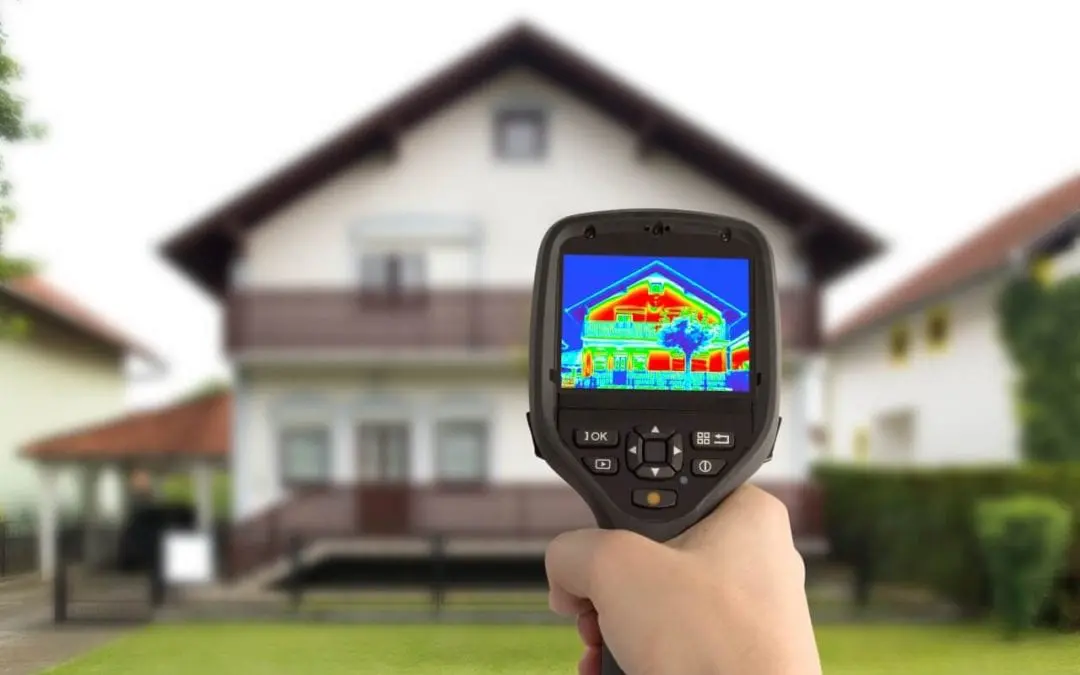How Is Thermal Imaging in Home Inspections Helpful?
You may have heard about how thermal imaging is used by firefighters and law enforcement, but do you know how it is used in real estate? Some home inspectors are using an infrared camera to provide a more thorough inspection. Thermal imaging in home inspections is used to find certain issues undetectable by the human eye.
How Does Thermal Imaging in Home Inspections Work?
An infrared camera shows the thermal signature of an object through a spectrum of colors. Brighter colors like orange and yellow indicate a hotter thermal signature and darker colors mean cooler. The thermal signatures of components in a home can tell the inspector if they are working properly or if there is an issue. Here are some of the things that thermal imaging in home inspections can reveal.
Moisture
A wet surface has a cooler thermal signature than a dry one. Because of this, thermal imaging can pinpoint the source of moisture issues. When investigating a mold problem, it may be unclear where the moisture is coming from. An infrared image might be all the inspector needs to figure it out. In some cases, there are no visible signs of a leaking pipe, but a full thermal imaging scan reveals wet spots in the drywall that pinpoint the plumbing problem.
Energy Efficiency Issues
Problems with Airtightness
Thermal imaging can be used to determine if the thermal envelope of a building is airtight. Small openings around doors and windows hinder efforts to control the temperature of a house. An infrared image will show heat coming into or air leaking out of a house through these openings. Cracks can be so small they are almost invisible, but an infrared image shows a contrast of colors that provides more thorough data for a home inspection.
Ineffective Insulation
A key factor to energy efficiency is insulation. When insulation becomes damaged, wet, or deteriorated, it isn’t effective. The problem is that most insulation is behind drywall and hard to access. You may not know why your energy bills have increased. Thermal imaging in home inspections can reveal where the insulation is not adequate.
Hotspots
Electrical hotspots are serious fire hazards. A thermal imaging scan can find hotspots because they will glow a brighter on the infrared image.
Border Home and Property Inspections provides a basic thermal imaging scan with every home inspection and also offers full thermal energy scans and energy loss surveys. Contact us to book our services in the Midwest Region of Canada.

